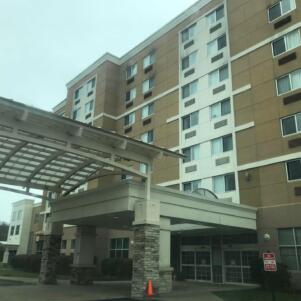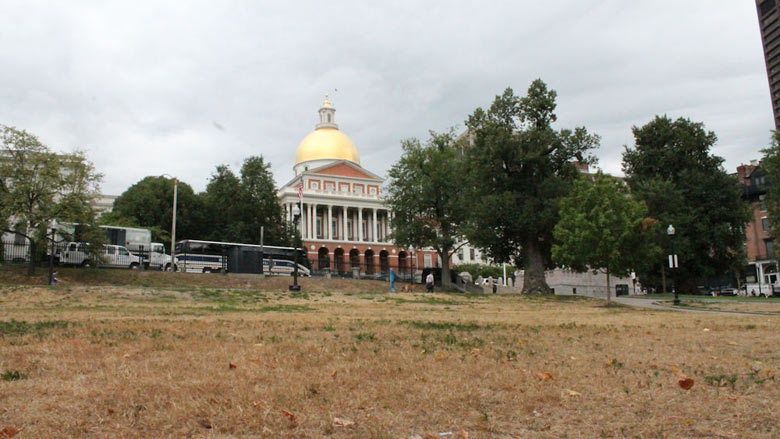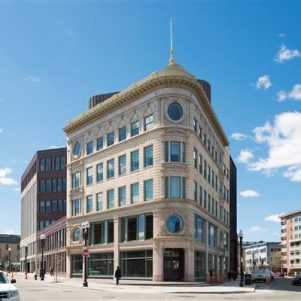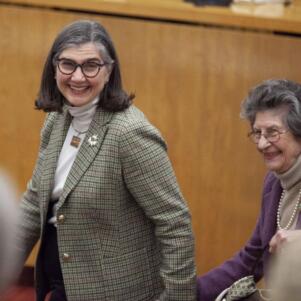The lowering of higher education: The students
By Kevin and Marilyn Ryan | January 27, 2016, 5:00 EST
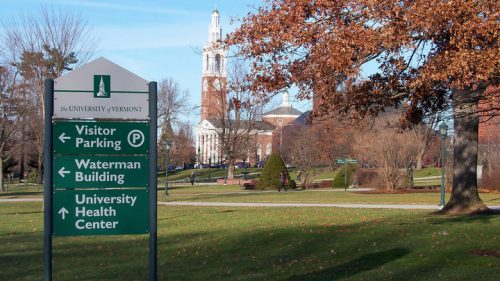 (Courtesy of Wikimedia)
(Courtesy of Wikimedia) All good things in our uber-democratic county get overexposed, oversold and corrupted. Take the wonderful idea that everyone should own their own home. Lending regs and credit standards are lowered. Everyone piles in the housing market. The bubble forms and the recession follows.
Or take the classic gin martini straight up with two olives. It becomes popular again and then the faux martinis roll in. Vodka? Weird flavorings. Cranberry? Lime? Rum martinis with pineapple!
It is the same with a college education. Not long ago in this nation, before a liberal arts education was oversold and watered down, going to a four-year college was reserved for a small elite — that 10 or 12 percent of the high school graduates who could profitably engage the world of thought and wisdom.
Perhaps unknowingly, colleges were preparing for leadership positions in the professions, such as law, the clergy, or medicine. But with the exception of engineering students and a few others, students were not generally expected to spend four years preparing for a vocation. They were supposed to spend four years expanding their minds and grappling with life’s and society’s big questions.
College life was designed as a young person’s retreat from everyday existence. The liberal arts curriculum was carefully arranged to expose them to the world’s most precious thought.
Students read the Constitution and the Federalist Papers. They saw the minds of Madison, Jefferson and Hamilton at work on the very practical — but daunting — problem of governing in a democracy.
They read Aristotle’s “Ethics” and struggled with the very real-world issue of what constitutes a moral life.
They studied Keats and Emily Dickinson to know the evocative beauty that language can bring to us.
Armed with that and much more, they were ready to step back in society and gradually take on positions of leadership.
Today’s college experience, other than at at handful of places, is as close to the original concept as the chocolate martini is to that classic cocktail. That’s because today, going to college in the U.S.A. has become not a privilege, but a fashionable expectation.
Today, 65 percent of our high school graduates trot off to college the following September. Independent of their readiness, there is a college wanting them with open arms, empty dorm rooms and promises of fast-track riches after graduation.
The College Boards reports that at your state’s public college, an average “moderate” college budget for a year of college is now over $24,000. A “moderate” budget for two semesters at private college is $47,000. Of course, those figures do not include North Face jackets, beer and weed.
The “educational product” has become so popular that colleges and universities have been able to increase tuition since 1980 by 945 percent. (Yes, you read that correctly. 945 percent.) This in the face of the widely held belief that the product has been deluded. College has changed to accommodate the new college “customer.”
While there are plenty of college students still eager to engage Aristotle, Madison and Keats, the vast majority are not.
And they have radically altered college life.
These students look upon four years of college as the chance to eagerly engage Bono, Bounce, and the terrifying Lady Gaga.
“Going to college” means getting away from parents and home rules. It means four years of capital “F” freedom with minimal hurdles, such as courses and exams. It means sleeping late, food more plentiful and tasty than home — Sorry, Mom, but how do you account then for the “freshman 15?” — and a target-rich environment for the hands-on study of human sexuality.
And our colleges have quietly and systematically made accommodations to meet the intellectual caliber and tastes of this new student. Among them are grade inflation, pass-fail courses, fewer required courses, more gut courses, more “relevant” majors (gender and ethnic studies), relaxed class attendance rules and Animal House living arrangements.
College physical facilities today look more like spas than places of serious study. Campuses compete for lavish dorms with cable TV, weight rooms and the newest exercise machinery, stadiums and sports arenas, and places for students to hang out and relax from the stress of it all.
Libraries? Not so much.
Is it any wonder that those who employ our college graduates consistently complain that they are self-centered and entitled, unable to follow directions and lack critical thinking skills? And is it any wonder that our recent grads, burdened as they are with cranky bosses and with on average $28,400 of debt, yearn for those good ol’ college days?
Kevin and Marilyn Ryan are writers, former teachers, and the editors of Why I’m Still A Catholic. They write primarily on cultural, educational and religious topics. This is the second in a series of articles by the Ryans on higher education. Read the first here and the second here.

